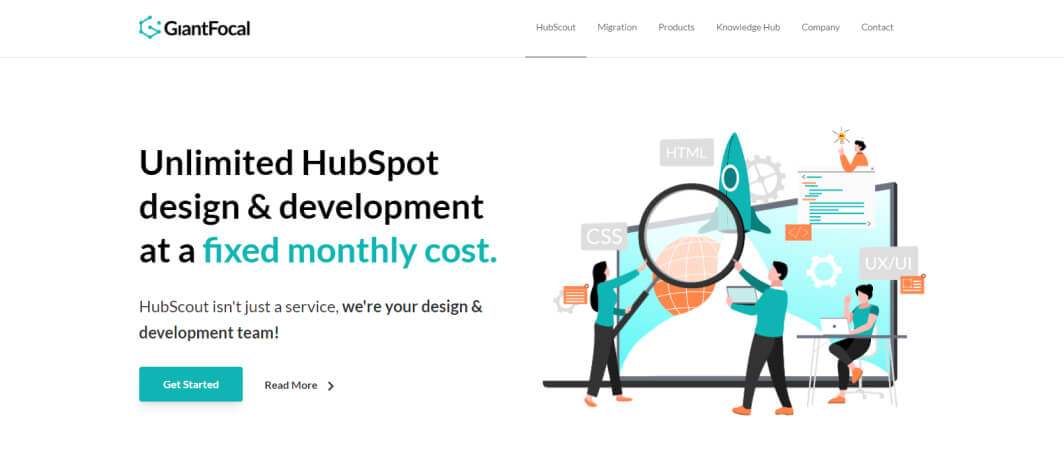How to Reduce the Development Cost of Your HubSpot website

Contents
You're subscribed to HubSpot; all onboarding processes are completed, so it's time to start building your site officially, but a development agency quoted you over $50,000 for full site development. The question is, how do we reduce the cost?
Perhaps that's a scenario that you've experienced recently.
The standard hourly rate for a HubSpot development agency is $100/hour at the minimum. The cost would easily double or triple if we're talking about an entire site build, as more people will be required to ensure the project runs smoothly.
A typical full-site HubSpot build consisting of 10-20 pages can start at $10,000-$20,000, depending on the project's complexity and requirements.
Now the key here is about reducing cost. But not only reducing cost, but we also need to ensure the quality is the same or even better. Otherwise, reducing costs for the sake of saving capital would only lose you a ton more money in the long run due to the disappointing build quality.
In this article, we'll discuss some key principles of deciding the right price for a project and the steps you can take to reduce the cost without reducing the quality.
Sounds good? Let's dig in.
Evaluate your website's purpose and goals
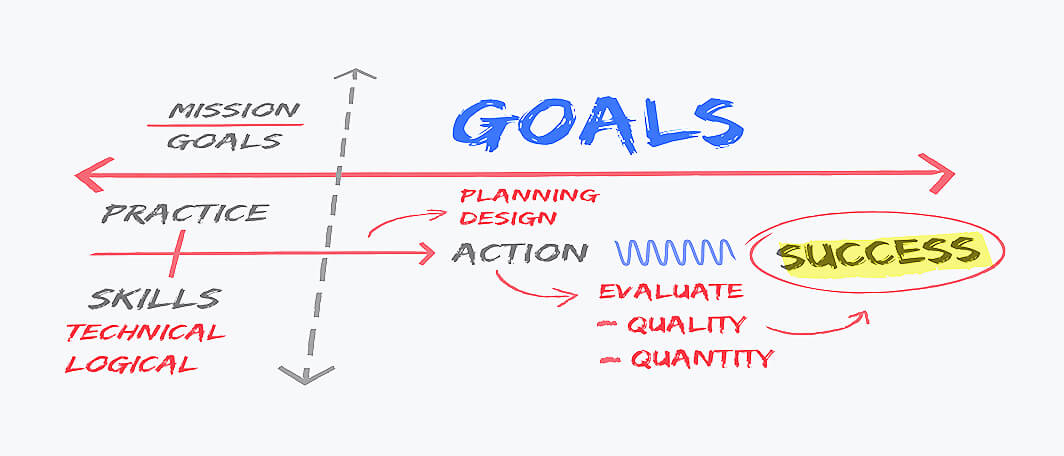
Before we move on to the steps to reduce the cost, we need to be on the same page: Cost is relative to the purpose and goals you're striving for.
A $10,000 website developed by an unproven development agency may be expensive for a simple corporate profile. But what about a $10,000 quote by a proven development agency with a clear track record that could bring in $1,000,000 deals per year? It's a no-brainer!
Before moving on to the following sections, you must be clear on the KPIs you plan to achieve with the new website build. Is it a collection of landing pages to close at least $100,000 in ticket sales per quarter? Perhaps an entire site build to satisfy 100,000+ visitors per month with an average of $200,000 in revenue per quarter? Or are you just starting your newly built business in HubSpot?
Once you get a number of the result in mind, now let's calculate it against your current development costs on HubSpot.
Say your company earns $1,000,000 in revenue yearly with an optimized/broken website that somehow brings you 10% of your revenue each year ($100,000).
You're now tasked to relaunch this website, but it will be fully optimized for SEO, conversion, and acquisition this time. Based on your prediction, it can easily double or triple the channel's revenue to $200.000-$300.000.
A proven development agency you reached out to has come back to you with a quote of $30,000. Another unproven agency quoted $6,000, a mere 20% of the proven agency's quote. Which one do you pick?
I'm not saying you shouldn't negotiate to bring the price down. But choosing the proven development agency is a no-brainer if you're 100% certain of the goal you're trying to achieve based on today's projection.
Would you pursue to save $24,000 now and lose the "chance" to double/triple your channel's revenue?
As a note, I'm here not referring to the agency's size as a consideration. In many cases, smaller agencies produce much better results and deliver higher quality developments than the bigger agencies because they're agile. The bigger an agency is, the less agile it is to changes; therefore, they tend to stick to what works and avoid changing how they work even though it's outdated.
Think long-term, not short term

Marketing is becoming more difficult moving forward with more competition and distractions published every second.
Companies used to treat websites as mere corporate profiles that bring no direct value to sales. This is a dangerous approach, and websites become your most important sales channel as we advance.
It's best to think long-term and ensure your HubSpot site will survive the ever-growing competition by being future-proof. I'm not talking about the design but the foundation it's built on.
A typical non-HubSpot website requires a relaunch every 2-3 years due to outdated design and the need for new features, but the website foundation is nowhere near flexible and advanced. Using the right approach, we can ensure your website will survive for at least 5-6 years (double the typical website's lifespan), being flexible and extendable.
A flexible and extendable website foundation does require more capital upfront, but it will reduce your costs in the long run, that's for sure.
What are the criteria?
- Developed using the modular approach.
Unlike a typical website that is extremely hard to edit and customize, websites using the modular approach support the drag-and-drop page editor enabling non-developers to customize the pages easily, even without the help of a developer. - Adopt an ever-growing framework like BootStrap, UiKit, and many others.
Instead of developing your own framework, which is an unnecessary investment, adopting one of the popular site frameworks is recommended. In addition to being updated continuously, they have been battle-tested by millions of users. - Out-of-the-box responsive.
A responsive website is the standard nowadays, but that doesn't mean all websites are responsive by default. Now, this is your job to ensure that your new site build will be 100% responsive without further settings or custom coding.
Be clear with your requests and specifications.

Developers aren't magicians; they can't read your thoughts and hopes. It's best to get every request clear before proceeding with the design/development phase.
By "clear," each request must have:
- A mockup/sketch when necessary.
Mockup is preferred since not every developer has design skills. - Clear user experience walkthrough.
What happens when we click a button? What happens when we scroll the page? etc. - A specific project timeline.
When it's due for the first draft, how many revision rounds there are, how long each revision round will take, a launch date, and how many days/weeks we should monitor for any bugs or issues. - Page URLs and destination where the deliverable will be accessible at.
If you've to develop a new module, provide the URL where it will be placed in. If you've to build a whole page, give the final URL it will be accessible at.
Let HubSpot do the heavy lifting.
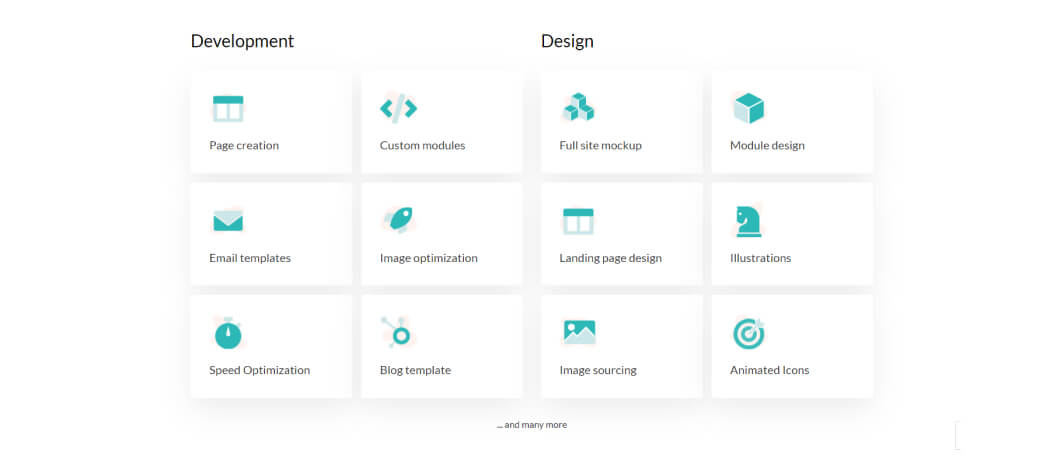
HubSpot is a mature and solid ecosystem; it's best to utilize every feature it offers, correct?
By "heavy lifting," I'm referring to the features already present within the ecosystem. And our job is to develop the site to integrate with them flawlessly.
Say you need an interactive calculator embedded on a page. A typical solution is to subscribe to an interactive calculator provider/service that can get quite hefty depending on the features and number of submissions. A better alternative is to custom-code a calculator directly connecting to HubSpot CRM.
Not only will it save you from paying monthly subscriptions, but it's also a one-time investment that you can use on any pages on your site. And best of all, the data they store integrates directly into your HubSpot CRM.
The examples are endless. We can integrate a custom calendar with a form submission, spinning wheels for visitors to get unique gifts, a timeline of events, and even complex quizzes.
Research and select cost-effective integrations
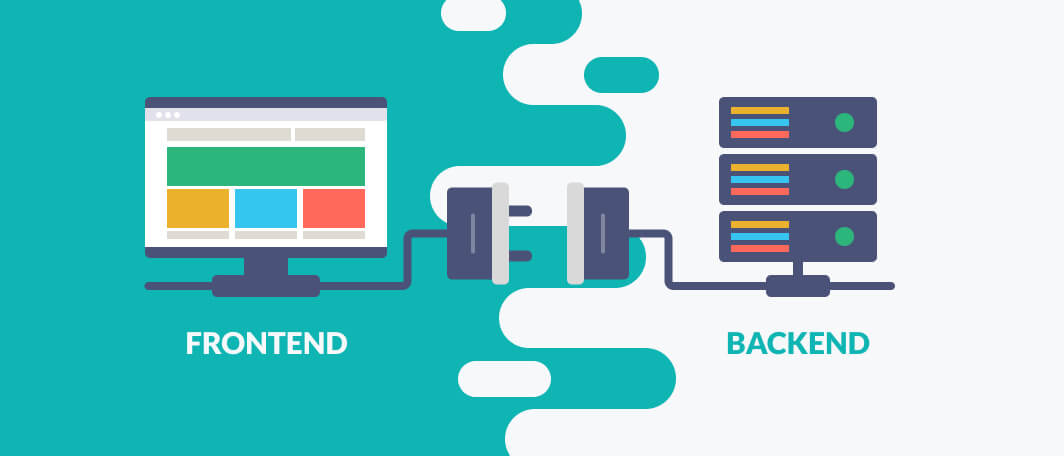
Website integration is one of the highest-impact inventions in the history of the internet. First, it enables all websites worldwide to interact with each other, and second, it saves a ton of marketing expenses due to the saved manual labor hours.
The downside is that these integrations may get costly in the long run. The more integrations, the more expensive it will be.
No numerical data acts as a threshold to decide the maximum amount we should spend on integrations since every business is a different case. But one thing is for sure; we can always reduce spending.
There are two types of integrations: front-end and back-end integrations.
Front-end integrations
We've covered this a bit in the previous section. Front-end integrations are mostly what we see on the actual page.
Some examples are a gallery, filterable items, chatbot, quizzes, spinning wheel, and many others.
Instead of paying a service for every one of these integrations, we can find one-time alternatives (purchasing a license) or open source projects.
Isotope, a filter and sorting script we can use to build filterable galleries, will only cost you $110 for eight developers. Using Isotope, you can develop your custom modules on HubSpot instead of integrating another monthly-subscription application.
As a quick recommendation, say you need to build a timeline on HubSpot. To search for an open source solution, search "Timeline open source JS" on Google.
Don't forget to check their GitHub pages to ensure they are continuously updated. Using outdated JavaScript is a security risk that we should avoid.
Back-end integrations
Back-end integrations connect your website/HubSpot account to other applications and services, whether it be a direct integration, API, or JSON API.
Instead of developing your API server to send/receive data to other services, we can now use platforms such as Zapier or Make (previously known as Integromat).
[Zapier/integromat screenshot]
Not only will these solutions save you time and capital, but they can also ensure a 99.99% uptime, which is essential for businesses operating 24/7 from their websites as the primary acquisition channel.
Communication is key
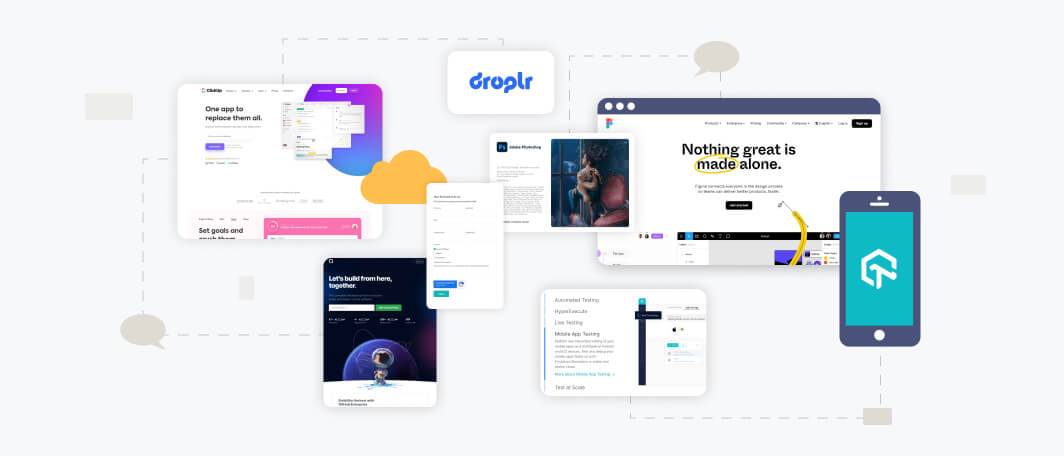
Depending on the scale of your projects, the communication between developers, clients, and project managers may differ significantly.
For one-time project development, all communications via email and Slack might suffice.
But if we're talking about multi-page development with specific technical requests, emails + Slack is a huge barrier that wastes your time and effort.
For efficient development communication, you'll need:
- Project management app. For example, ClickUp, Monday, Asana, and a lot more.
- Mockup: Figma, Sketch, or Photoshop.
- Feedback (annotations) tool: CloudApp and Droplr.
- Codes storage: GitHub and GitLab.
- Cross-browser testing ensures all deliverables work great on mobile, tablet, and desktop: Browserstack, LambdaTest, and CrossBrowserTesting.
Without all these, your development processes will be affected and run inefficiently.
HubScout
If you don't have all the factors above nailed, it's best not to hire your internal developer as it will only affect your daily workflows.
Instead, you can hire an outsourced agency that is proven to have experience in the HubSpot design + development field and proven to provide high-quality deliverables. Hiring an agency may request a higher investment upfront, but you should keep in mind the time and effort you'll save in the long run.
HubScout is one service you may want to learn more about. It's not only a service; we are your design + development team.
Forget about all the hassle you'll face in managing your development team. Submit your tasks to HubScout, and our team will handle the rest. No more managing developers, bonuses, salaries. HubScout comes with unlimited tasks at a fixed monthly cost.
